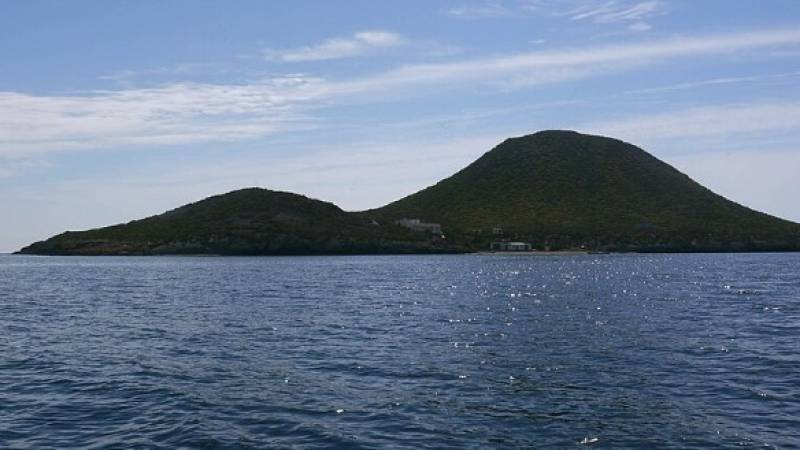- Region
- Águilas
- Alhama de Murcia
- Jumilla
- Lorca
- Los Alcázares
- Mazarrón
- San Javier
-
ALL AREAS & TOWNS
- AREAS
- SOUTH WEST
- MAR MENOR
- MURCIA CITY & CENTRAL
- NORTH & NORTH WEST
- TOWNS
- Abanilla
- Abarán
- Aguilas
- Alamillo
- Alcantarilla
- Aledo
- Alhama de Murcia
- Archena
- Balsicas
- Blanca
- Bolnuevo
- Bullas
- Cañadas del Romero
- Cabo de Palos
- Calasparra
- Camping Bolnuevo
- Campo De Ricote
- Camposol
- Canada De La Lena
- Caravaca de la Cruz
- Cartagena
- Cehegin
- Ceuti
- Cieza
- Condado de Alhama
- Corvera
- Costa Cálida
- Cuevas De Almanzora
- Cuevas de Reyllo
- El Carmoli
- El Mojon
- El Molino (Puerto Lumbreras)
- El Pareton / Cantareros
- El Raso
- El Valle Golf Resort
- Fortuna
- Fuente Alamo
- Hacienda del Alamo Golf Resort
- Hacienda Riquelme Golf Resort
- Isla Plana
- Islas Menores & Mar de Cristal
- Jumilla
- La Azohia
- La Charca
- La Manga Club
- La Manga del Mar Menor
- La Pinilla
- La Puebla
- La Torre
- La Torre Golf Resort
- La Unión
- Las Palas
- Las Ramblas
- Las Ramblas Golf
- Las Torres de Cotillas
- Leiva
- Librilla
- Lo Pagan
- Lo Santiago
- Lorca
- Lorquí
- Los Alcázares
- Los Balcones
- Los Belones
- Los Canovas
- Los Nietos
- Los Perez (Tallante)
- Los Urrutias
- Los Ventorrillos
- Mar De Cristal
- Mar Menor
- Mar Menor Golf Resort
- Mazarrón
- Mazarrón Country Club
- Molina de Segura
- Moratalla
- Mula
- Murcia City
- Murcia Property
- Pareton
- Peraleja Golf Resort
- Perin
- Pilar de la Horadada
- Pinar de Campoverde
- Pinoso
- Playa Honda
- Playa Honda / Playa Paraíso
- Pliego
- Portmán
- Pozo Estrecho
- Puerto de Mazarrón
- Puerto Lumbreras
- Puntas De Calnegre
- Region of Murcia
- Ricote
- Roda Golf Resort
- Roldan
- Roldan and Lo Ferro
- San Javier
- San Pedro del Pinatar
- Santiago de la Ribera
- Sierra Espuña
- Sucina
- Tallante
- Terrazas de la Torre Golf Resort
- Torre Pacheco
- Totana
- What's On Weekly Bulletin
- Yecla


- EDITIONS:
 Spanish News Today
Spanish News Today
 Alicante Today
Alicante Today
 Andalucia Today
Andalucia Today
Date Published: 29/10/2025
Fewer birds stopping off at Isla Grosa as migration numbers fall by half
Human activity and changing conditions take their toll on nature’s tiny travellers
 Just 2.5 kilometres off La Manga’s coast lies Isla Grosa, a small volcanic island and a vital pit stop for migratory birds on their long journeys between Europe and North Africa. Once bustling with thousands of feathered travellers each spring and autumn, the number of birds pausing here to rest and refuel has dropped dramatically, with about half fewer now stop by than a decade ago.
Just 2.5 kilometres off La Manga’s coast lies Isla Grosa, a small volcanic island and a vital pit stop for migratory birds on their long journeys between Europe and North Africa. Once bustling with thousands of feathered travellers each spring and autumn, the number of birds pausing here to rest and refuel has dropped dramatically, with about half fewer now stop by than a decade ago.Every year, a dedicated team from the Southeast Naturalists Association (ANSE) counts and rings birds at this peaceful sanctuary to understand migration patterns better. From 2007 to 2010, roughly 1,600 birds visited in April alone.
More recently, numbers have dropped to less than 700. Autumn figures vary but show the same worrying downward trend. Francisco García Castellanos, ANSE’s coordinator, shares, “This year’s autumn migration started slowly; there has been very little movement on the island so far.”
Why the decline? It’s a complex mix of factors. Human expansion, pesticide use in farming, and the region’s recurring droughts impact both bird survival and reproduction. Pesticides kill the insects baby birds feed on and weaken eggshells, making it harder for chicks to survive. These hidden dangers hide in plain sight across the countryside, making each journey tougher for these tiny travellers.
Isla Grosa and nearby Farallón Island serve as crucial refuelling points. Picture a robin weighing just 20 grams taking a break on these rocky volcanic rocks after flying thousands of kilometres from northern Europe. The birds eat berries and fruit to build up fat before continuing their epic journeys across the Mediterranean and Sahara, sometimes in flights that burn 40 per cent of their energy reserves in a single night.
The ANSE team recently spotted a pair of terns returning for their third spring in a row, unusual for these birds which don’t usually stick together. Sadly, only one of the pair came back last season, showing nature’s harsh reality in full view.
Beyond threats like air pollution, noise, and loss of nesting sites, these migrants face dangers such as power lines, traffic, illegal trapping, and predators along their routes. As Francisco García Castellanos puts it: “Every campaign, by holding these birds in our hands, we learn something new. It’s a privilege and a reminder of how precious their journeys are.”
As the team continues their watch until mid-November, they hope for a year when more of these delicate travellers safely complete their incredible odysseys.
Image: wikicommons
staff.inc.ali
Loading
See more news about animals in Spain:
OR
Sign up for the Spanish News Today Editors Roundup Weekly Bulletin to get a comprehensive email with all the week’s news for Spain, Murcia, Alicante and Andalucía.
Get a sneak peek – here are a few of our recent Subscription Bulletins:
Discount Special Offer subscription:
36.95€ for 48 Editor’s Weekly News Roundup bulletins!
Please CLICK THE BUTTON to subscribe.
Contact Murcia Today: Editorial 000 000 000 /
Office 000 000 000
































